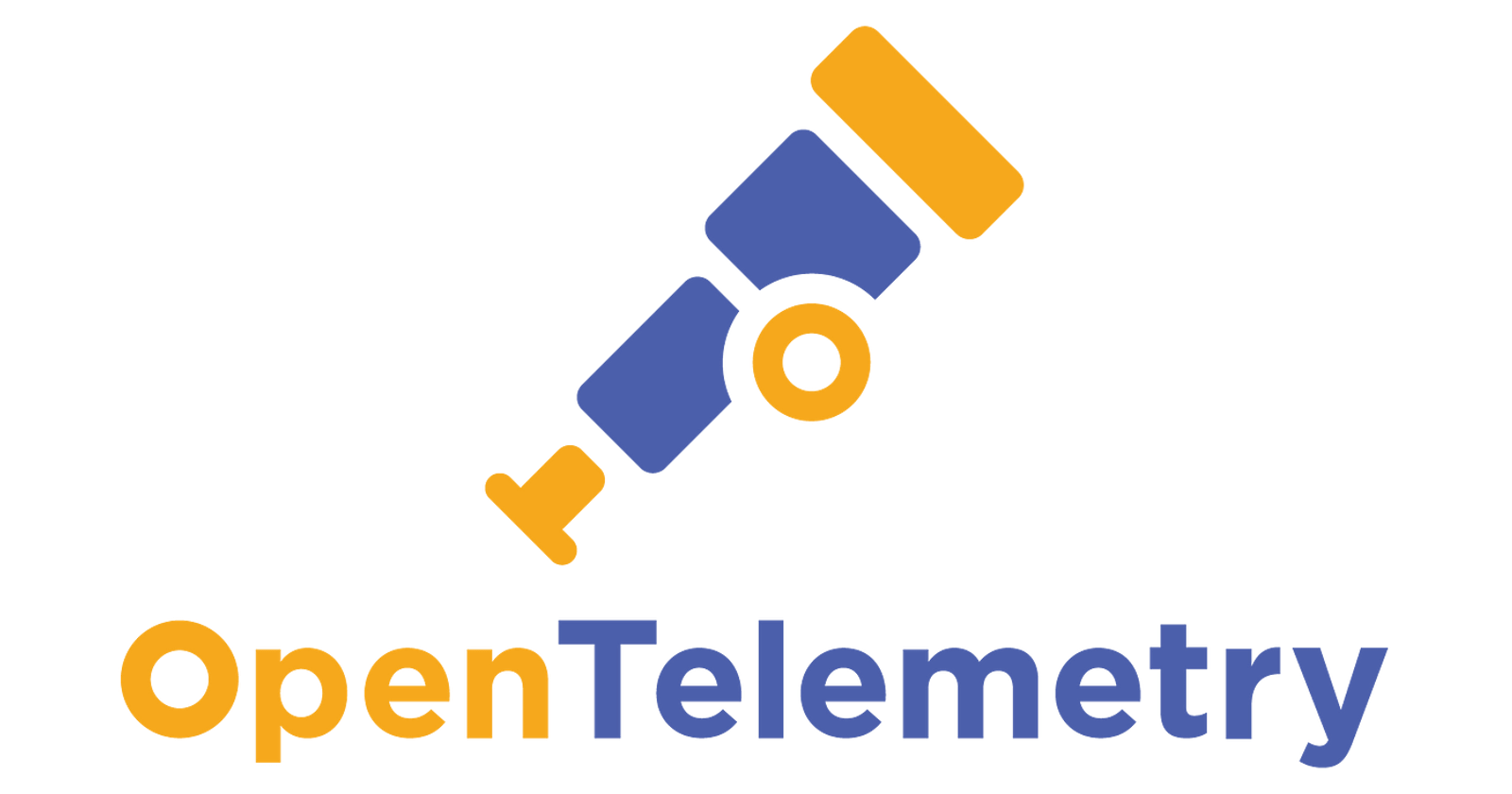Exploring OpenTelemetry: A Unified Observability Framework
OpenTelemetry is an open-source observability framework designed to provide standardized instrumentation, collection, and export of telemetry data for distributed systems and microservices architectures. By integrating with applications, libraries, and infrastructure components, OpenTelemetry enables developers and operators to gain insights into the performance, reliability, and behavior of their systems, facilitating troubleshooting, optimization, and monitoring. In this article, we'll delve into what OpenTelemetry is, its key features, benefits, and how it is transforming the way organizations approach observability in modern distributed environments.
What is OpenTelemetry?
OpenTelemetry is an open-source project under the Cloud Native Computing Foundation (CNCF) that aims to standardize the collection and export of telemetry data, including traces, metrics, and logs, from distributed systems and microservices architectures. Originally formed by the merger of the OpenTracing and OpenCensus projects, OpenTelemetry provides a unified framework for instrumenting applications, libraries, and infrastructure components to gather telemetry data and send it to backend systems for analysis and visualization.
Key Features of OpenTelemetry
Instrumentation Libraries
OpenTelemetry provides instrumentation libraries for various programming languages and frameworks, allowing developers to instrument their applications with minimal effort. These libraries capture telemetry data, including traces (distributed traces of requests), metrics (quantitative measurements of system behavior), and logs (structured event data), and export it to backend systems for analysis.
Distributed Tracing
OpenTelemetry enables distributed tracing, which allows developers to trace the flow of requests and transactions across multiple services and components in a distributed system. By correlating traces from different services, developers can gain insights into the end-to-end latency, dependencies, and performance bottlenecks in their systems, facilitating troubleshooting and optimization.
Metrics Collection
OpenTelemetry supports the collection of metrics, such as CPU usage, memory usage, request rates, and error rates, from applications and infrastructure components. By collecting and aggregating metrics data, operators can monitor the health and performance of their systems, detect anomalies, and make informed decisions to improve reliability and efficiency.
Logging Integration
OpenTelemetry provides integration with logging frameworks and platforms, allowing developers to capture structured event data (logs) from applications and infrastructure components. By correlating logs with traces and metrics data, operators can gain deeper insights into system behavior, diagnose issues, and troubleshoot problems more effectively.
Vendor-Agnostic Exporters
OpenTelemetry supports a wide range of backend systems and observability platforms through vendor-agnostic exporters. These exporters allow users to send telemetry data to various backend systems, including distributed tracing systems (e.g., Jaeger, Zipkin), metrics platforms (e.g., Prometheus, Grafana), and logging platforms (e.g., Elasticsearch, Splunk), enabling flexibility and interoperability in observability setups.
Benefits of Using OpenTelemetry
Standardization: OpenTelemetry provides a standardized approach to instrumenting, collecting, and exporting telemetry data, enabling interoperability and consistency across different systems and environments.
Visibility: OpenTelemetry enables developers and operators to gain visibility into the performance, reliability, and behavior of their systems through distributed tracing, metrics collection, and logging integration.
Troubleshooting: OpenTelemetry facilitates troubleshooting and root cause analysis by correlating traces, metrics, and logs data, allowing users to diagnose issues and optimize system performance more effectively.
Flexibility: OpenTelemetry's vendor-agnostic exporters and flexible architecture allow users to integrate with a wide range of backend systems and observability platforms, adapting to different use cases and requirements.
Conclusion
OpenTelemetry is a powerful observability framework that is transforming the way organizations approach monitoring, troubleshooting, and optimization in modern distributed environments. By providing standardized instrumentation, collection, and export of telemetry data, OpenTelemetry enables developers and operators to gain insights into the performance, reliability, and behavior of their systems, facilitating proactive monitoring, rapid troubleshooting, and continuous optimization.
If you're interested in learning more about OpenTelemetry or exploring how it can benefit your organization's observability strategy, we invite you to leave a comment below. Share your thoughts, experiences, and questions about OpenTelemetry, and don't forget to subscribe to our blog newsletter for regular updates and more content on similar topics.
